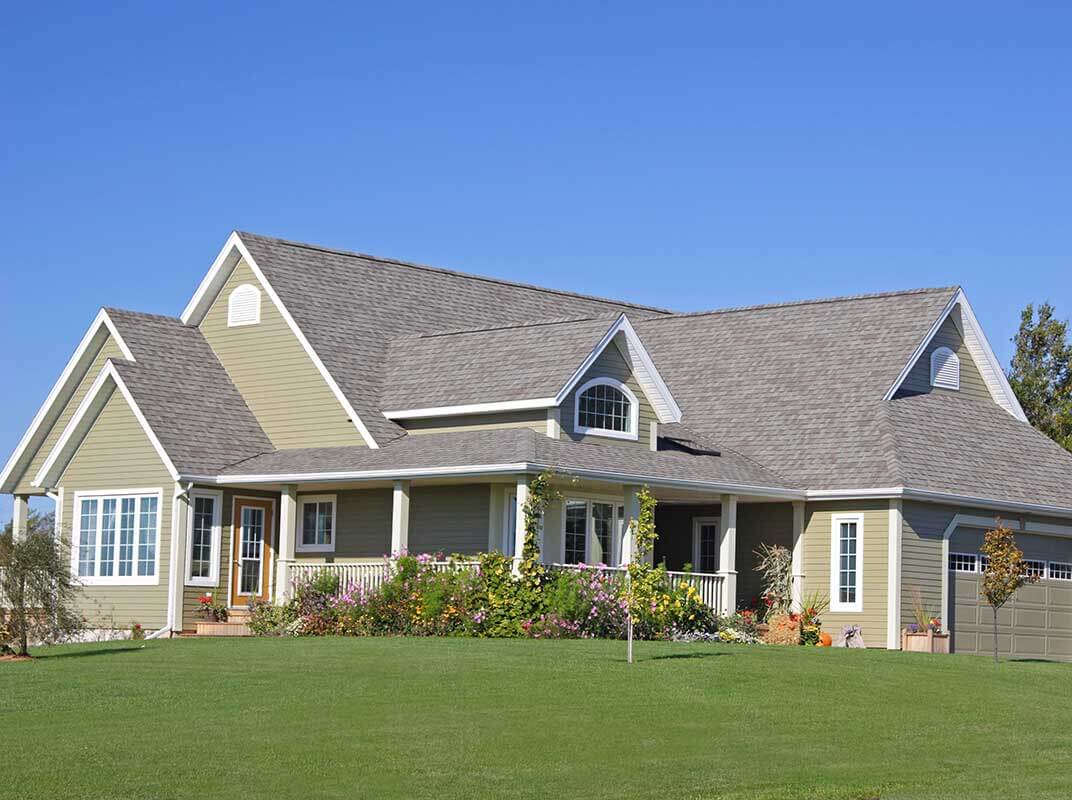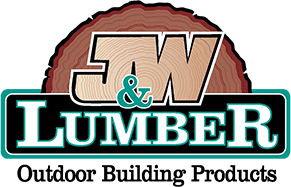
Siding generally isn’t top-of-mind for local homeowners. Many houses in this area are surfaced with stucco, a perfectly fine choice for Southern California’s moderate weather. That said, drive around any neighborhood and look a little closer: you’ll see lots of attractive siding options that make a huge difference in a home’s style.
If you’re thinking of adding a little – or a lot – of wood siding to your house, here’s what you should know.
Need to match existing siding?
If your home has wood siding that needs replacing and if you want to match the same look, bring a sample board of your existing siding down to J&W Lumber. Our custom milling team can match the pattern most of the time.
Get Inspired
Go online or check out homes in your area to see what types of wood siding materials are in use and how the siding is applied. There are many different siding materials available, each delivering a unique aesthetic.
- Planks –Apply vertically or horizontally for a crisp modern look. Or, use planks featuring knots for a rustic style.
- Board and batten – A clean exterior look, which is also sometimes called “barn siding”
- Shingles – Individual shingles are reminiscent of seaside homes
- Lap – Also known as “clapboard,” this is a classic look where boards overlap slightly
- Logs – Logs create a rustic, outdoorsy log cabin feel
Check out color combinations, contrasting material choices, and how much siding is actually in use. You can combine materials and color schemes to create beautiful effects.
Learn About Materials
Now that you have a sense of what your final result will look like, start talking with the team at J&W Lumber. We’ll explain the differences between the types of wood, which is best for your application, and if there are any cost-effective alternatives to consider.
In addition to freshly milled lumber siding, there are lots other innovative options:
- Fiber cement siding – While technically not a wood product, fiber cement siding resembles traditional wood, arranged in a “lap” style configuration
- Composite siding – Composite siding has been engineered and produced to appear and perform like wood but without any of the required maintenance
- Reclaimed wood siding – Achieve the look of aged, weathered wood without the risk of weakened materials by using specialty manufactured “reclaimed wood” siding
- Metal siding – Though not wood, it’s worth a mention. Metal siding is a durable, long-lasting option that creates a crisp, contemporary look.
Which Natural Woods are Best for Siding?
If you decide to go the natural wood route, your choice will likely be dictated by a few factors like appearance, availability, and price.
Some great options for natural wood siding are cedar, redwood, or any of the hardwoods like Ipe or Red Mangaris. Pine is a more common option in other areas of the U.S. but we don’t see much in Southern California, as it doesn’t grow nearby and freight costs increase the price.
Though rough Douglas fir is fine for fences, timbers, or patio covers, we advise against its use for surface-grade applications. Milling Doug fir down to usable siding dimensions weakens the planks and will cause them to weather or warp prematurely.
Estimating Your Materials Costs
Because wood is a natural resource, the cost of lumber fluctuates. Speak to the team at J&W Lumber to determine which wood siding options are most economically priced right now. Our lumber specialists may be able to point you toward species you had not considered to conserve your budget.
Equipped with the cost of the wood itself, calculating the cost of materials is just a matter of multiplication.
Measure the width and height of the area you would like to cover with siding. Don’t worry about accounting for windows or doors – it’s always better to over-buy siding materials than to come up short.
If you’re using natural wood products, you’ll need to purchase an additional 5-10% materials to account for downfall (any warped, knotty, or otherwise unusable boards), so be sure to add that into your final materials cost.
Always Use a Contractor to Install Siding
Applying siding to your home’s exterior may look easy, but there’s a lot more to it than meets the eye – literally.
To avoid moisture getting trapped between your siding and your home’s true exterior wall installation must be done carefully. It’s also important to make sure most siding doesn’t run to the ground. Though some engineered materials like Boral trim are approved for ground contact, many natural wood siding materials should not be exposed to raw earth’s damaging moisture.
Adding or replacing siding can update the look of your home immediately. With so many styles, materials, and applications, there’s a siding option for every aesthetic. Think of how new siding can transform your home, and we’ll help you make your vision a reality.
Bring your siding ideas and questions down to any Southern California J&W Lumber location and let’s get started.
